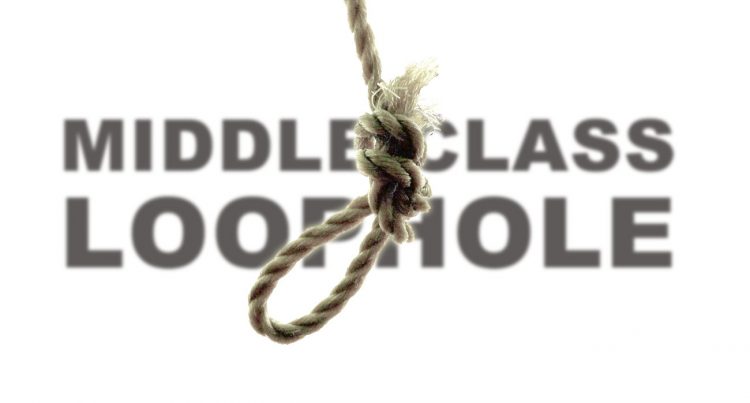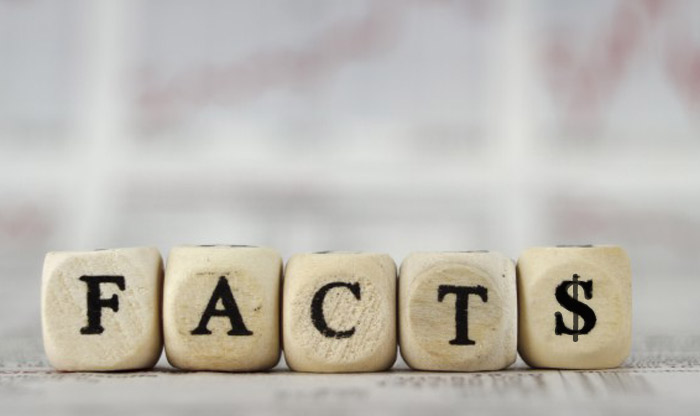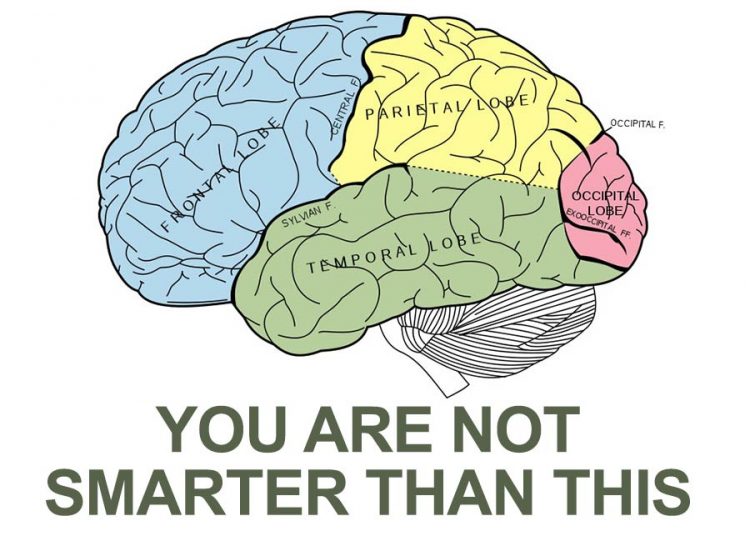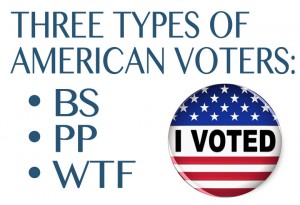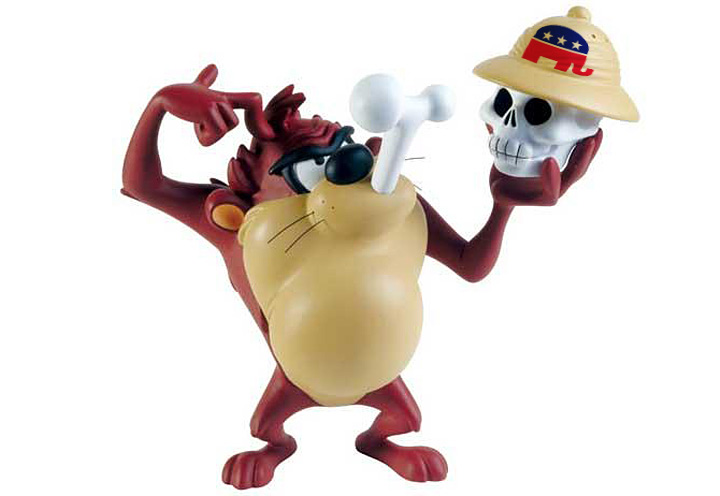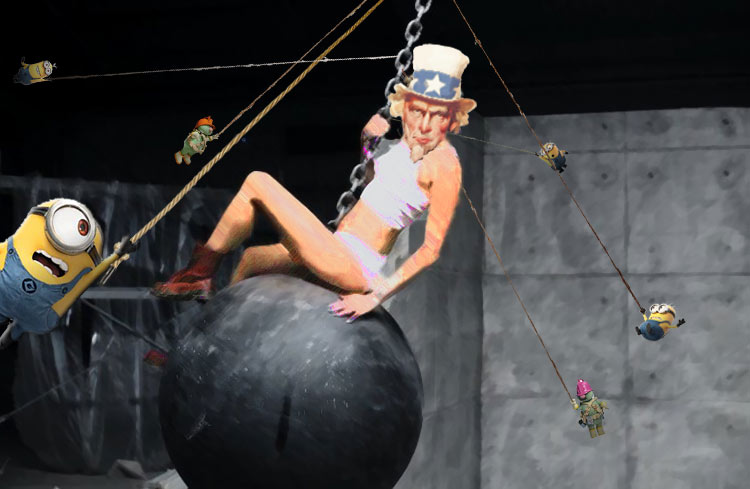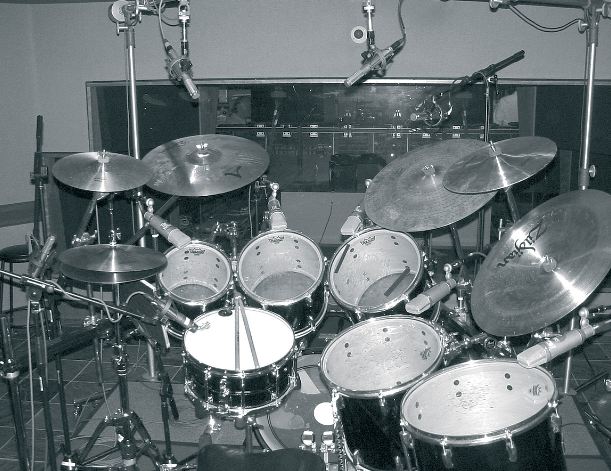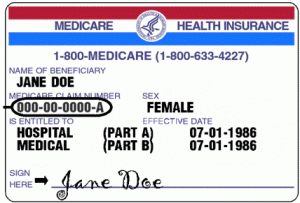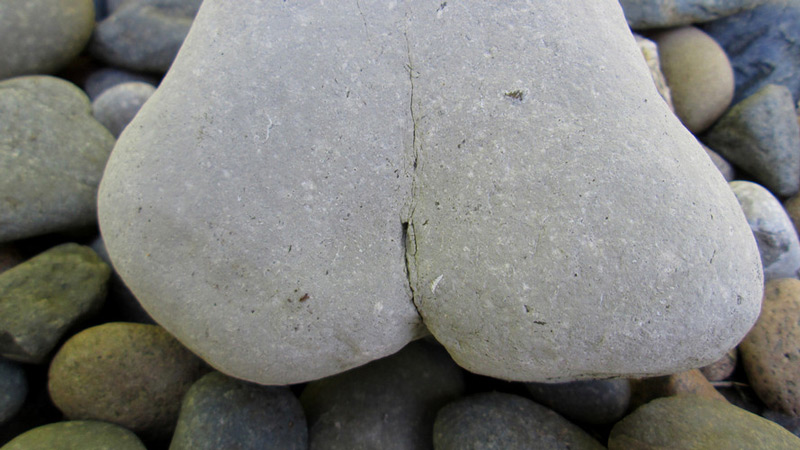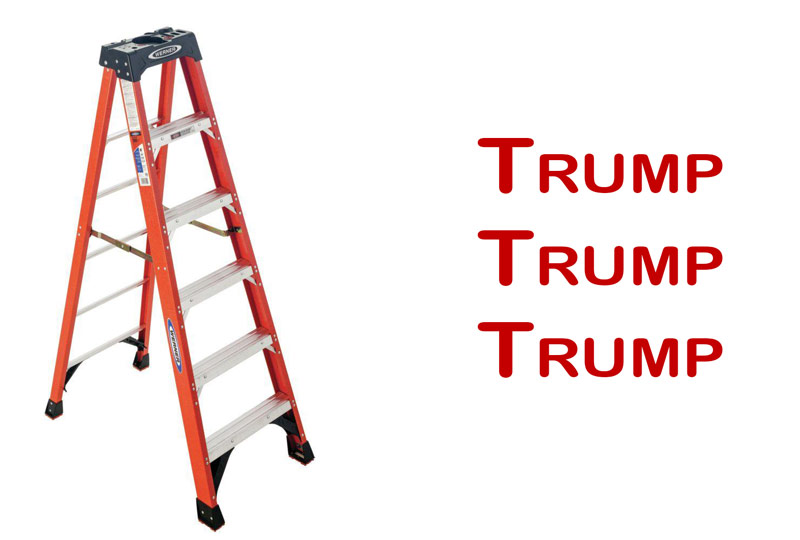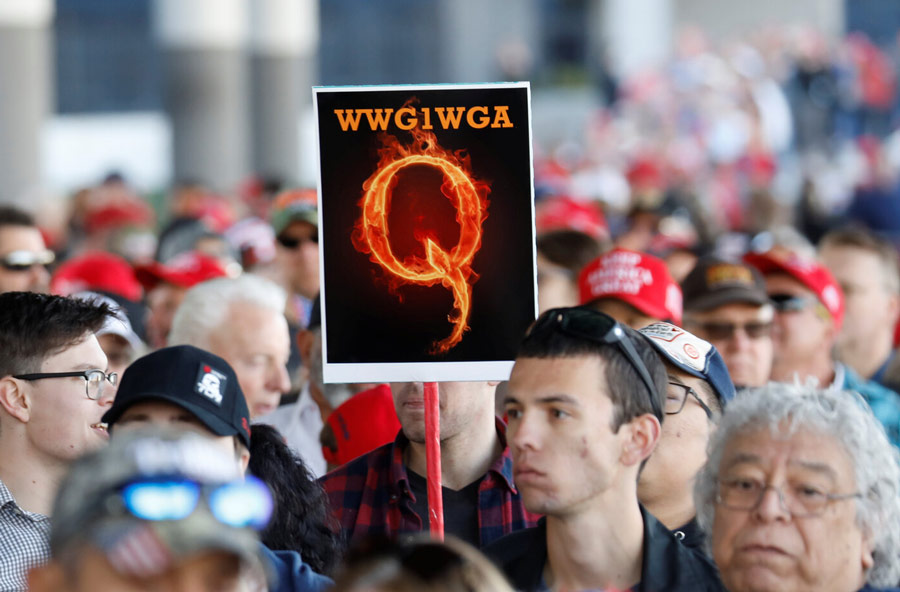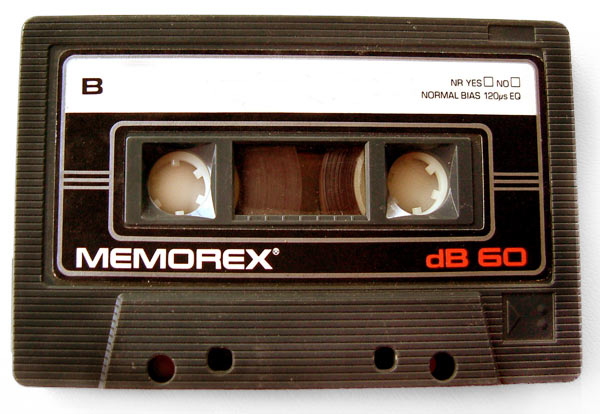
Yes… I’m going there: the never-ending analog vs. digital debate. Even after all these years, and all the improvements to digital audio processing, I remain a staunch advocate of having lots of analog gear (particularly tape and tubes) in a recording studio… because it sounds better… and it always will.
By now, anyone interested in recording their own music, setting up a home studio, etc. has a basic knowledge of how digital audio works, but a brief recap never hurts and helps make my point why analog sounds better than digital.
Most people describe how digital recording works by imagining a digital recording like a staircase: discrete heights (each stair being a specific voltage level). The higher your sample rate, the more “narrow” these steps become, so that if you have a sample rate that’s very, very high, the steps become so narrow that when put together it “basically” is a smooth line.
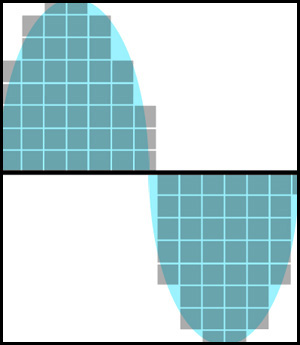 The width of this staircase is only one part of the digital audio wave, though. You also need to take the height into account: that’s where bit depth comes into play. The reason 8 bit audio sounds so “crunchy” is because with a low number of bits, there’s only so many pre-determined “heights” between zero and maximum that 8 bits can create… for the same of argument, let’s keep it really simple and pretend 8 bit audio only has 8 possible step heights, like a ladder. If you have to climb 16 feet into the air, that means the distance between each step has to be 2 feet… that’s hard. If, however, you have a ladder that has, 192 steps, then there is very little distance “between” each step on the ladder, you can place your foot exactly where you need it to be so you’re climb is smooth, not crunchy. The lower the number of bits, the fewer possible steps on that ladder. The A/D converter basically measures the analog signal coming into it (from a microphone, console channel output, whatever) and the assigns a step on the ladder: the one that is as close as possible to what the voltage “in the real world” actually is. If you don’t have a lot of steps like with an 8-bit ladder, then what’s sampled won’t be very close to the actual voltage, which creates all kinds of distortion.
The width of this staircase is only one part of the digital audio wave, though. You also need to take the height into account: that’s where bit depth comes into play. The reason 8 bit audio sounds so “crunchy” is because with a low number of bits, there’s only so many pre-determined “heights” between zero and maximum that 8 bits can create… for the same of argument, let’s keep it really simple and pretend 8 bit audio only has 8 possible step heights, like a ladder. If you have to climb 16 feet into the air, that means the distance between each step has to be 2 feet… that’s hard. If, however, you have a ladder that has, 192 steps, then there is very little distance “between” each step on the ladder, you can place your foot exactly where you need it to be so you’re climb is smooth, not crunchy. The lower the number of bits, the fewer possible steps on that ladder. The A/D converter basically measures the analog signal coming into it (from a microphone, console channel output, whatever) and the assigns a step on the ladder: the one that is as close as possible to what the voltage “in the real world” actually is. If you don’t have a lot of steps like with an 8-bit ladder, then what’s sampled won’t be very close to the actual voltage, which creates all kinds of distortion.
But why does analog sound better than digital (and therefore why should you always have analog gear in your studio)? Take that basic ladder and step width idea and keep shrinking each down, smaller and smaller. Imagine a sine wave. No matter how small you get, it will never be “real” which is a perfectly smooth curve. No matter how many possible voltage levels you can get in a computer: they’re still discrete levels that, like stairs on a staircase, get put end to end. From a distance they sound and look smooth, but it’s just like a digital image with its pixels: as you zoom in you see each individual value. Digital MUST have discrete values, whereas in the real world we can always cut a value in half to get a smaller one.
Of course, the advances with floating point and DSD audio have vastly improved how digital audio sounds, but it will never be as good at re-creating sound as analog gear.
Furthermore, when we’re dealing with analog gear like tubes and tape (I don’t really care about solid state), then the way that those mediums distort also creates all sorts of good things (to our ears, anyway). Side effects of overloaded analog gear like tape compression, high-end saturation, and even-order harmonic distortion create the famous “analog warmth” that so many people talk about and want to have in their recordings. (No, a plug-in doesn’t do that, those just use math to shape the sound with harmonics and EQs, it’s still discrete values and not real nature.)
When new recording engineers start out they always end up searching “how to get a warm sound.” You can get a good frequency balance with digital, but it will always be your analog gear that will sweeten your sound, smooth it out, and give it the warmth you seek.
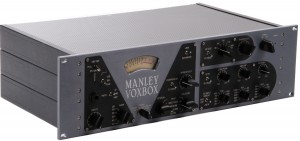 So what does this mean when setting up your studio? Basically, make sure you have more money than you think you want to spend. Tube audio gear isn’t cheap, and finding (let alone maintaining) a 2-inch tape machine in this century is a both a pain and very costly. But they are expensive for a reason: because they sound better. So long as you can grab yourself a couple tube pre-amps, EQs and a compressor / limiter or two, you’ll be in very good shape to be happier about the sound of your recordings.
So what does this mean when setting up your studio? Basically, make sure you have more money than you think you want to spend. Tube audio gear isn’t cheap, and finding (let alone maintaining) a 2-inch tape machine in this century is a both a pain and very costly. But they are expensive for a reason: because they sound better. So long as you can grab yourself a couple tube pre-amps, EQs and a compressor / limiter or two, you’ll be in very good shape to be happier about the sound of your recordings.
Keep in mind: you don’t necessarily need a lot of gear – you just need some really good gear. Unless you’re recording a full band, you don’t need a ton of mics and two dozen mic-pres. Spend high and not often. Most audio engineers live lives of overdubs now, anyway, so approach buying gear for your studio more like you have a lot of money to spend on furniture for a very small apartment: buy quality not quantity. I’d much rather have a couple amazing sounding mic-pres and compressors than two racks full of thin and brittle ones.
Now to the sad part: no one but you and your production buddies will likely notice the increased sound quality. 99% of the people buying music are buying digital and have been raised with MP3s. Even when listened to digitally, if you have very good, analog warmth, source material it will still sound better: people will feel the vocals are a bit more full, they’ll feel better about how the compression sounds, etc… but I doubt anyone who is actually buying your music will care. They just want to sing along, bob their heads, or hit the dance floor. Only the geeks among use seem to care about really good sound anymore. So it’s sort of up to the audio engineers out there; those who love high quality sound to keep the torch lit. Good luck.


